Particulate Pollution and Our Health: PM2.5
Jared Campbell. Running up the west side in a full respirator (NIOSH P100 rated).
This is his typical gear during times of high air pollution.
During Northern Utah’s winters, we are especially concerned with particles that are 2.5 micrometers or less in diameter (1/40th the diameter of a human hair). These particles are small enough to evade the lung's selective filters and can travel deep into the airways and even access the bloodstream. Particulate pollution affects our airways and can cause acute responses in individuals with underlying respiratory illness such as asthma. Studies also suggest that this form of pollutant causes inflammation of blood vessels, which has been linked to increased incidence of heart attacks during episodes of unhealthy air (http://www.sltrib.com/home/3146743-155/new-utah-research-bad-air-can). The concentration of these particles is monitored by the Division of Air Quality (DAQ). Schools can help protect students by watching the hourly conditions and deciding whether it’s safe to be active outside. Each person will react slightly differently to pollution and needs to pay attention to how he or she feels that day. The Utah Asthma Program (http://health.utah.gov/asthma/) has the most current recess guidelines and materials that will help you figure out what’s best for your health.
Summer: Ground level ozone or O3
Depending on the season of the year, the pollution can be quite different. Ground level ozone or O3, is the primary pollutant during the summer months along the Wasatch Front when the sun is higher in the sky. Ozone is a huge problem for the Uinta Basin during the winter when snow is on the ground. Ozone pollution, or smog, is created when volatile organic compounds (VOCs) from solvents and unburned fuels, and nitrogen oxides (NOx), from combustion sources such as car exhaust, water heaters, and industrial turbines, combine under UV rays of the sun. In most areas, ozone levels have a daily peak during the summer months from between 12 PM and 6 PM. Ozone is not as visible as particulate matter, but it is irritating and corrosive to our airways.

